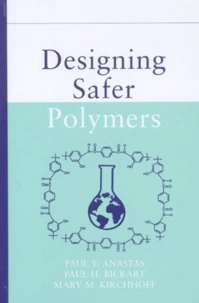Green Chemistry, clean chemistry or environmentally benign chemistry are all terms used to describe a currently active and innovative area of research. The use of chemical principles which not only ensure efficiency but also human and environmental compatibility is at the heart of these new methodologies. This book introduces the reader to the design, development, and evaluation processes of new green chemistry comprehensive introductory test, it takes a broad view of the subject and integrates a wide variety of topics : alternative feedstocks, environmentally benign synthetic methodologies, designing safer chemical products, new reaction conditions, alternative solvents and catalyst development, and the use of biosynthesis and biomimetic principles.
The reader is introduced to the new evaluation process that encompasses the health and environmental impact of a synthetic pathway from choice of starting materials through to target molecule. Throughout the teat, comparisons and contrasts with classical methodologies are offered as illustrative examples.
Green Chemistry, clean chemistry or environmentally benign chemistry are all terms used to describe a currently active and innovative area of research. The use of chemical principles which not only ensure efficiency but also human and environmental compatibility is at the heart of these new methodologies. This book introduces the reader to the design, development, and evaluation processes of new green chemistry comprehensive introductory test, it takes a broad view of the subject and integrates a wide variety of topics : alternative feedstocks, environmentally benign synthetic methodologies, designing safer chemical products, new reaction conditions, alternative solvents and catalyst development, and the use of biosynthesis and biomimetic principles.
The reader is introduced to the new evaluation process that encompasses the health and environmental impact of a synthetic pathway from choice of starting materials through to target molecule. Throughout the teat, comparisons and contrasts with classical methodologies are offered as illustrative examples.
